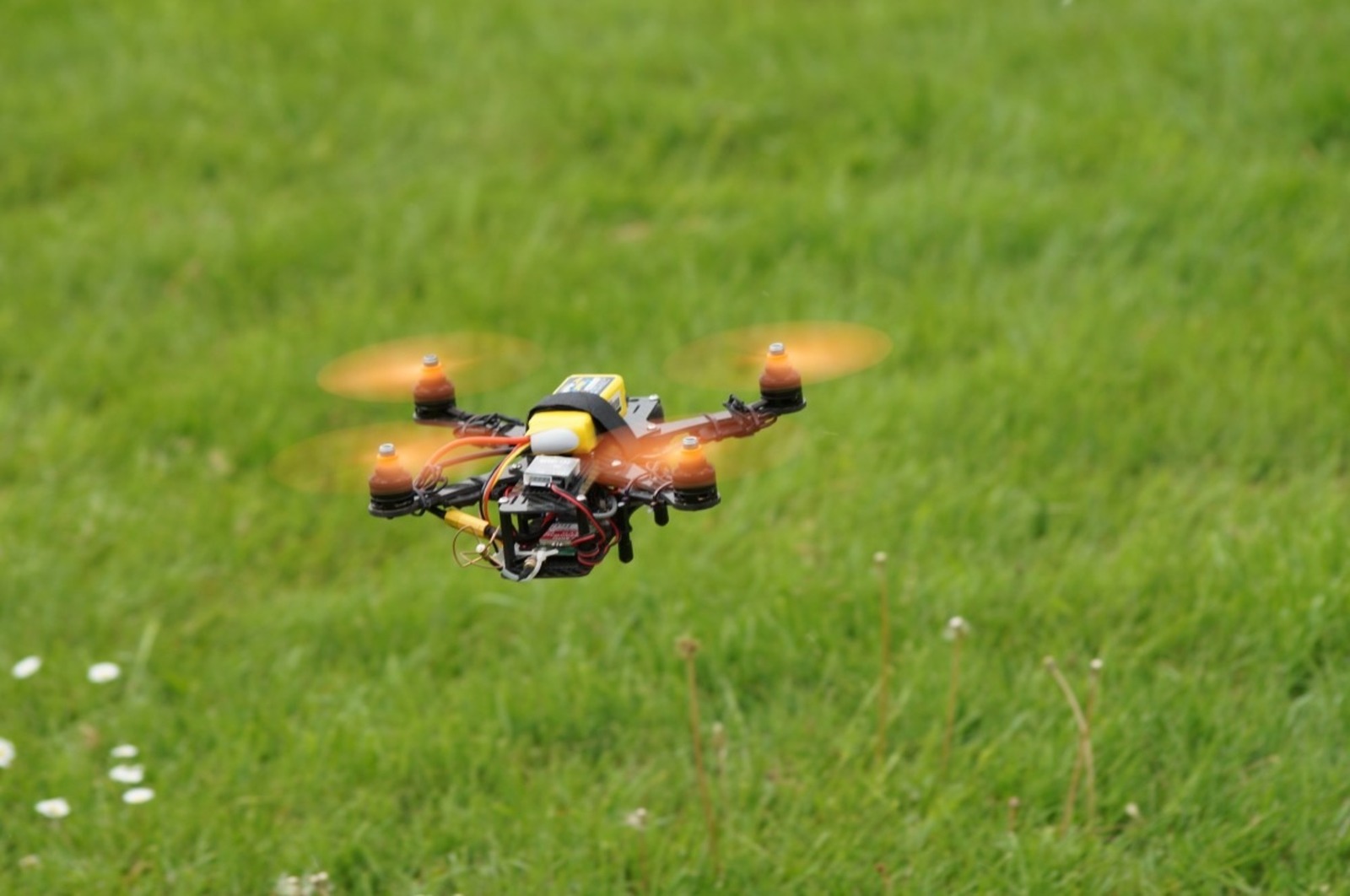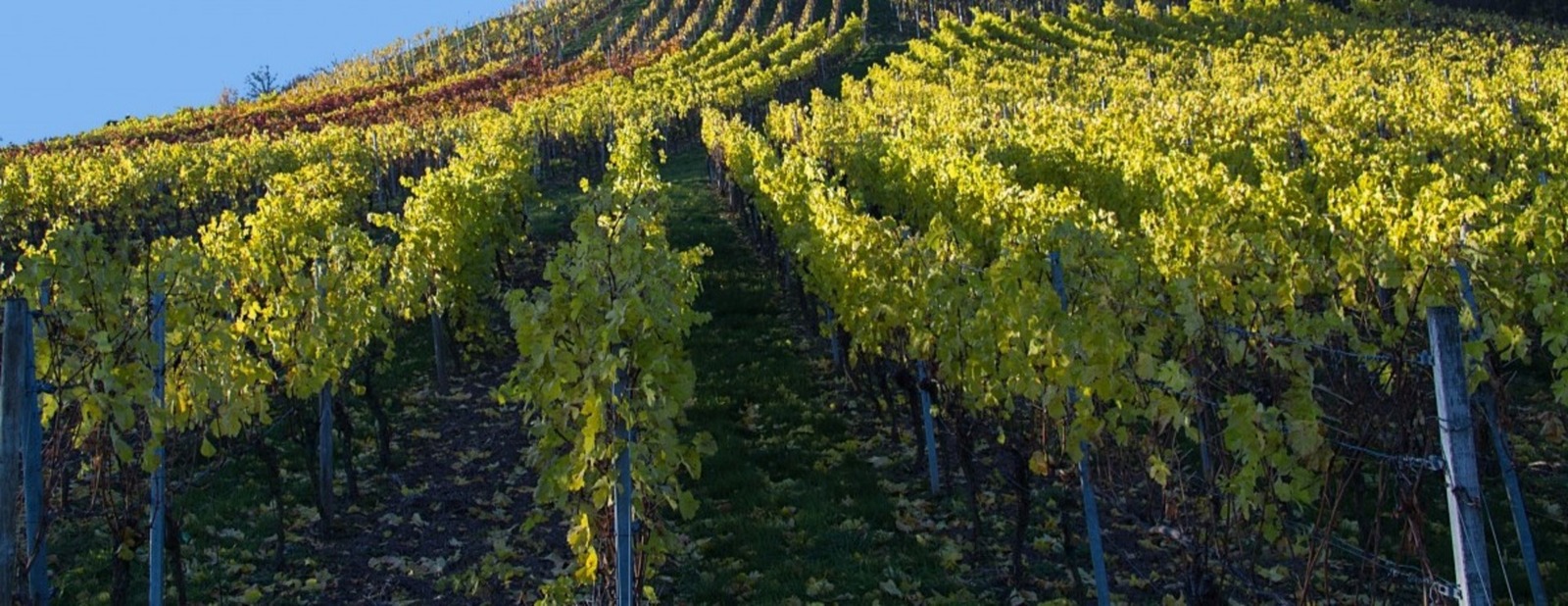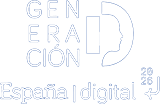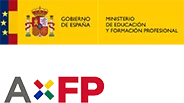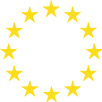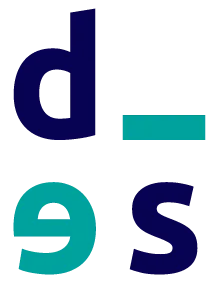11/11/2018
Spain is the world’s vineyard. Some 13% of the wine plantations that exist on Earth are in our country, which also leads sales worldwide. 22.1 million hectoliters in 2017, according to the Spanish Observatory of Wine Markets. Although Spain is the world’s third largest producer, price competitiveness means that in terms of sales it outstrips its main competitors, Italy and France.
Maintaining this privileged position is not easy, so the more than 4,000 wineries in our country are undertaking digitalization processes to stay on the crest of the wave. Drones, apps, sensors, satellites or robots are now part of the daily life of a millenary profession that, nevertheless, is still as alive as ever.
The use of drones is already a reality in agriculture. Companies such as the Spanish Agromapping are responsible for the new «precision agriculture». By analyzing the images captured by the drones, they are able to relate the information and provide data on some variables such as fertilizer recommendations, pruning or irrigation of plots to determine the causes of variability and plan improvement actions.
Augmented Reality, which allows virtual information to be added to the physical world, has already been implemented in applications such as Argentina’s Kadabra or Spain’s Tío Pepe, which invite consumers to interact with the product.
The digitalization map is completed with robots such as the one presented by the Polytechnic Unit of Valencia as part of the Vinescout project. It is an autonomous monitoring robot that helps winemakers measure key vineyard parameters, including vine water status, vine leaf/cup temperature and plant vigor. This new robot combines 3D vision with ultrasonic sensors and artificial intelligence, resulting in more precise driving.
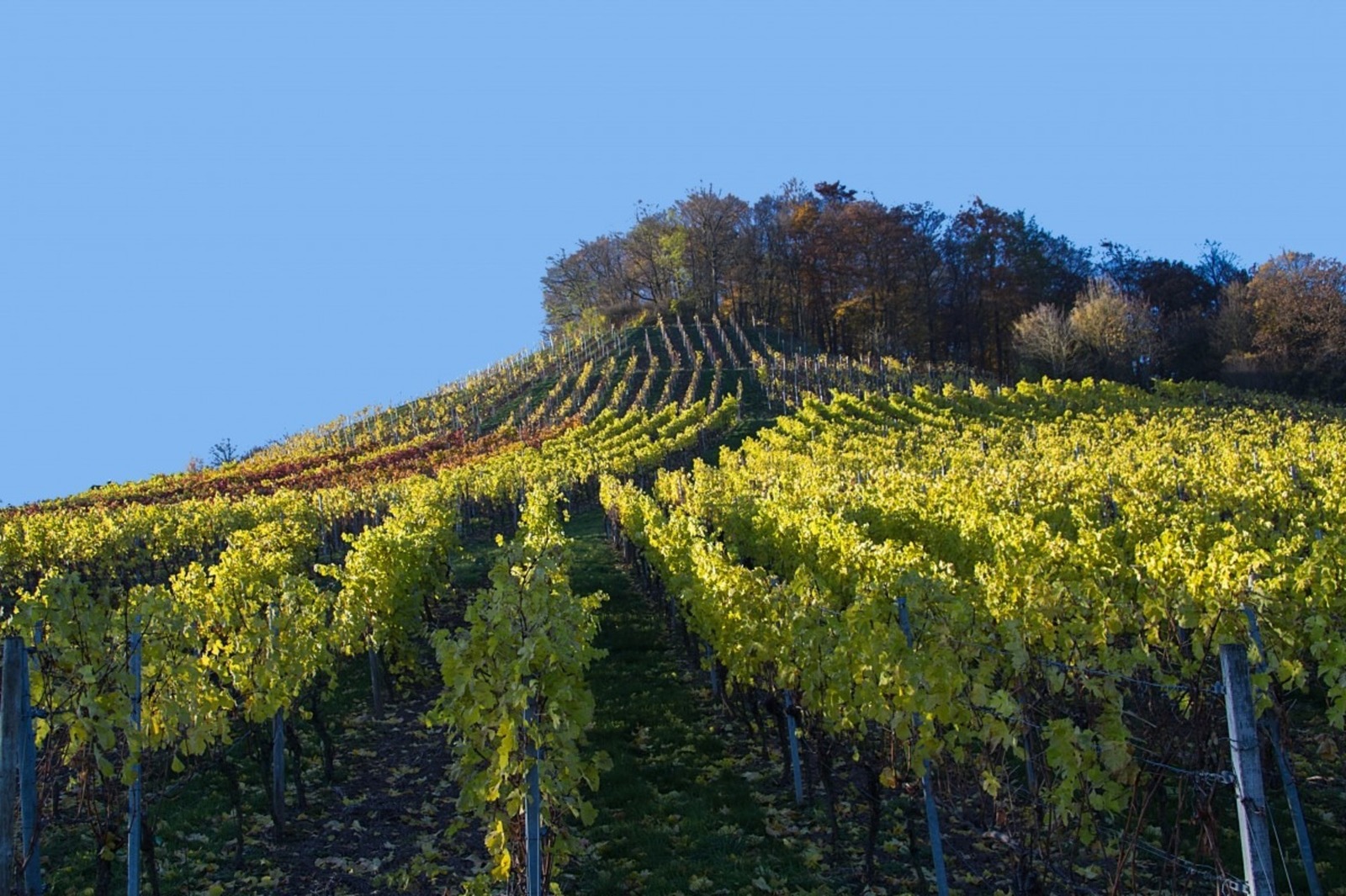
The figures speak for themselves. According to an EAE study, the inhabitants of the Balearic Islands consume an average of 26 bottles per year, leading a ranking closely followed by the Catalans, with 25 bottles per year, and the Valencians, with 24 bottles per person. Curiously, those who consume the least are from regions as associated with wine as La Rioja and Extremadura, with 19 bottles a year.
These figures, however, are far behind the consumption of countries such as Italy, Portugal and France, leaders in wine consumption. While Italians consume 45.28 liters per year, the Balearics – leaders in Spain – barely reach 19.07 liters per person.
Spain is first and foremost a producing country, where the wine that is later drunk in Europe and the rest of the world is made. Especially in Castilla-La Mancha, where 53% of production is concentrated. Extremadura and Catalonia, with 9.3% and 7.6%, complete a triangle in which 70% of the product is concentrated.
Big Data, Drones and Augmented Reality
It is not surprising, therefore, that this is where we are seeing the most innovative projects in terms of digitization. And how can technology help the wine industry? Well, mainly by applying its advances in Big Data, Augmented Reality and the use of Drones.
The advantages of Big Data are undeniable, as it makes it possible to receive and process a large amount of information on vineyard humidity or air quality thanks to different devices and sensors in charge of data collection. This is how the Bynse platform works, for example, which allows the current status and future needs of the vineyards to be monitored.
